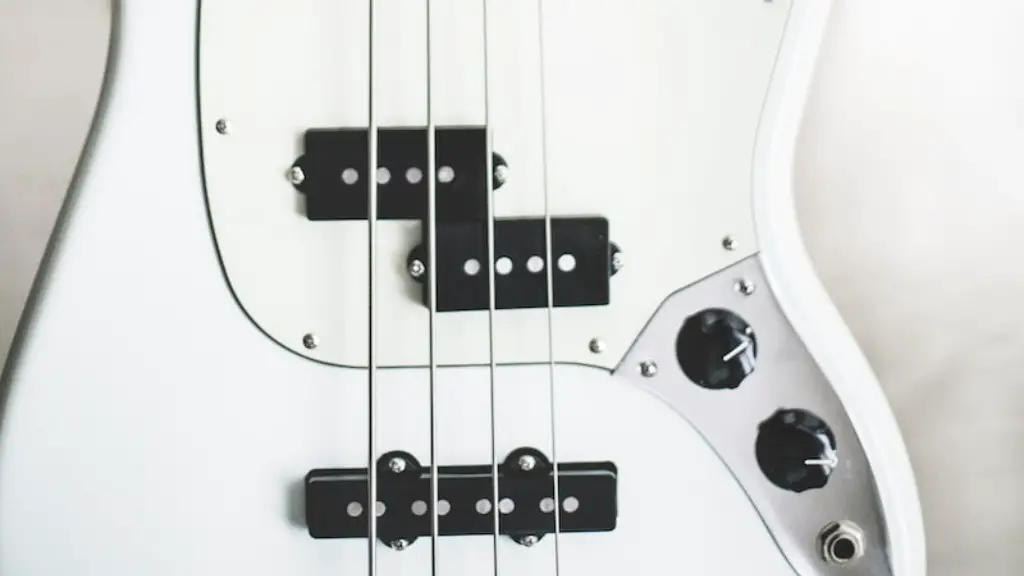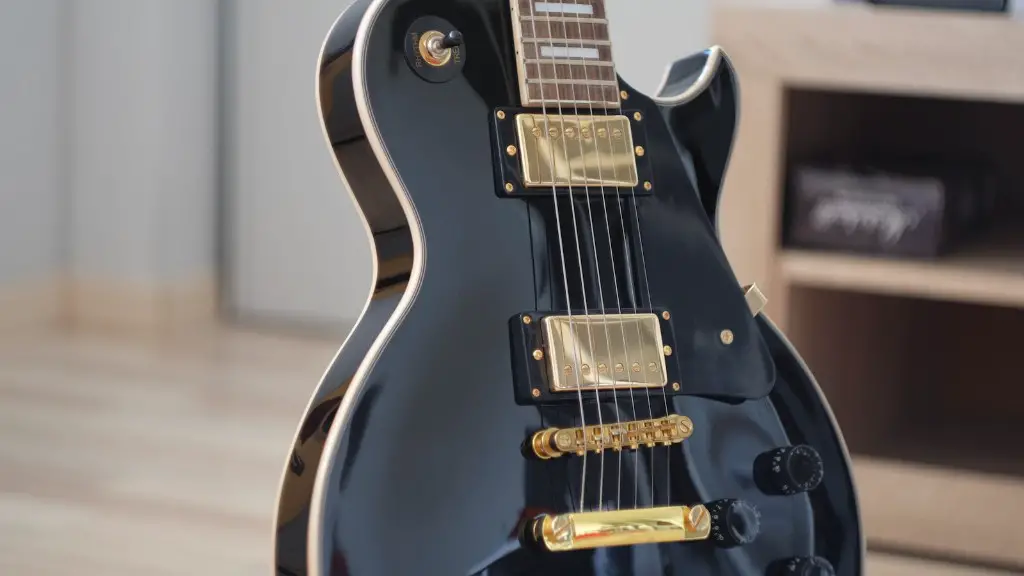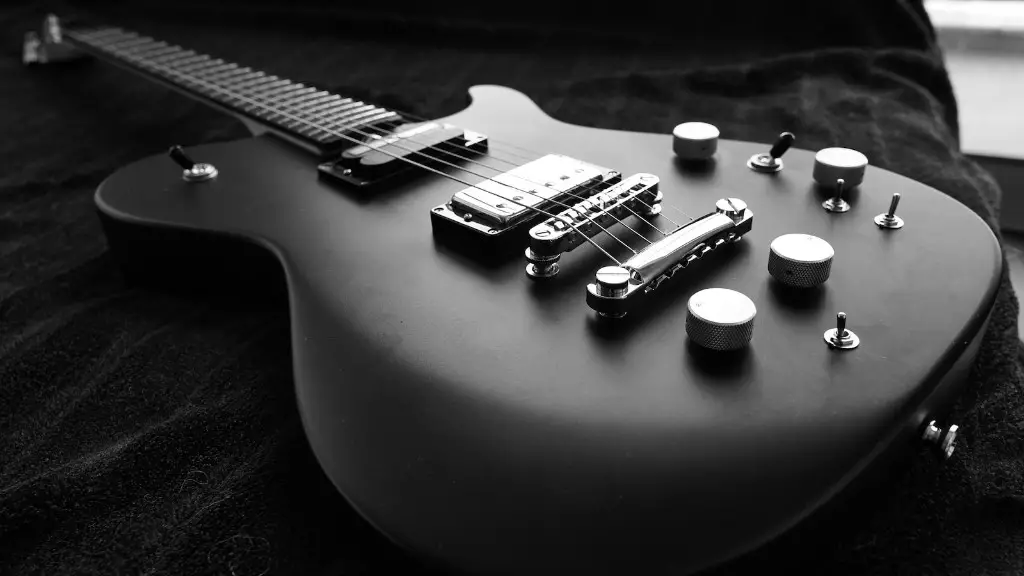Filing frets on an electric guitar is an important part of the instrument’s maintenance. Filing the frets ensures that the strings of the guitar are held at the proper height and that no buzzing or rattling occurs when playing. It is a relatively simple process for most guitarists, but it does require some patience and skill to get it done properly.
Before starting, you will need a few specific tools for filing frets, such as a fret file, sandpaper, and a set of steel wool. You should also have a pair of safety glasses to protect your eyes from any flying debris. After gathering your tools, you can begin filing the frets on your electric guitar.
By following these simple steps, you can easily file frets on your electric guitar and keep it in top condition. With regular care and maintenance, your electric guitar will provide many years of enjoyable playing experience.
Gather the Required Tools
Filing frets on an electric guitar requires a few specialized tools. You will need a fret file, a set of needle files, and a set of sandpaper. A fret file is used to shape the frets, while the needle files and sandpaper are used to smooth out any rough edges. You may also want to have an adjustable wrench handy in case you need to adjust any of the screws. It is important to use good quality tools when working on your guitar, as this will ensure that you get the best possible results. If possible, purchase specialty tools made specifically for filing frets on electric guitars. Make sure you have everything you need before beginning so that you can complete the task quickly and correctly.
Once you have all your tools, it’s time to begin filing and shaping your frets. Start by using the fret file to shape each fret individually, making sure not to press too hard or else you could damage the wood or string slots. After each fret has been filed down, use the needle files and sandpaper to smooth out any rough edges or burrs caused by filing. Finally, check all your work with a tuner to make sure everything sounds perfect before playing your newly filed guitar!
How to File Frets on an Electric Guitar
Filing frets on an electric guitar is the process of smoothing down the tops of the frets with a file. This is necessary to ensure that your guitar plays correctly and doesn’t buzz or rattle. It’s a relatively simple process, but requires patience and a steady hand. Start by clamping the guitar neck securely in a vise. You’ll need a fret-end file, which is available at most music stores. Place the file against the fret and push it towards you in one smooth motion. Make sure to keep the file level with the fretboard. Do this for each fret, working your way up until all of them have been filed. Finally, use steel wool to polish up any rough edges left from filing. With patience and practice, you can have your electric guitar playing like new!
Filing the Frets
Filing frets on an electric guitar requires some finesse and a steady hand. It’s important to file the frets evenly to ensure good sound quality. To begin, you’ll need a fine file, preferably a diamond or triangular shaped one. Start by measuring the fret and making sure it is level with the fingerboard. If not, use the file to slowly remove material until it is flush with the fingerboard. Be sure to keep even pressure on both sides as you file. You may need to check your progress several times as you go.
After filing, be sure to smooth out any rough edges or sharp points with sandpaper or steel wool. This will help prevent string buzz from occurring when playing. You may also want to use some fret polishing compound or wax to give your guitar a beautiful finish and protect it from corrosion in the future. A great looking guitar is only as good as its sound, so take your time filing frets for optimal playability.
Cleaning Up Fret Edges and Re-Crowning
Fret edges can become sharp over time, or as a result of wear and tear. Filing the fret edges to make them smoother is an important part of maintaining your electric guitar. To do this, you’ll need a fret file and some emery paper. Start by lightly filing the frets with the emery paper, then use the fret file to remove any burrs or sharp edges from the fretboard. Once you’ve finished filing, sand down any remaining rough spots with very fine sandpaper and use a buffing wheel to bring out the shine in your frets. Finally, re-crown the frets by using a special crowning tool to restore their shape so that they are level and free from sharp edges.
Re-crowning frets is an important step in keeping your guitar in good condition for years to come. It’s also relatively easy to do once you have the right tools. With just a few simple steps, you can ensure your guitar has smooth, even frets that are comfortable to play on.
Filing Frets on an Electric Guitar
Filing frets on an electric guitar is a relatively easy process, but one that requires patience and attention to detail. It’s important to have the proper tools for the job, such as a fret file, sandpaper, and finishing materials. Start by removing the strings from the guitar and cleaning any dirt or grime from the frets with a cloth. Place the fret file against each fret and slowly move it back and forth until you achieve the desired shape. Use sandpaper to smooth out any rough edges after filing. Finally, apply a polish or wax to protect the frets from oxidation and wear.
It is also important to check for any sharp edges or burrs that may occur while filing. If there are any sharp edges, they should be lightly rounded off with a fine grade of sandpaper. With proper care, your electric guitar will stay in tip-top condition for years to come!
Polishing the Frets
Filing frets on an electric guitar is an important step in maintaining the instrument’s sound and playability. A fret file is a specialized tool that can be used to round out any sharp edges or burrs on the fretboard, which can help reduce buzzing and create a smoother playing surface. To begin, you will need to locate the fret slot, which can usually be found between two of the frets. Place the file in the slot and slowly move it back and forth until you have achieved a smooth finish. This should take anywhere from 10-15 minutes depending on how many frets need to be polished.
Once you have finished filing all of your frets, it is important to check for any remaining sharp edges or burrs that may still be present. If any are found, use a fine-grit sandpaper to gently sand them away until they are completely gone. When you are done, use a soft cloth to buff out any excess polish that may have been left behind by the filing process. With regular maintenance and proper technique, your electric guitar will remain sounding great for years to come!
Final Words
Filing frets on an electric guitar is a task that requires some basic knowledge, the correct tools, and practice to ensure that it is done properly. It can be a tricky process if you are unfamiliar with it, but with careful attention to detail and patience, you can get the job done right. If you don’t feel confident in your abilities to file frets on an electric guitar, it may be best to seek the help of a professional. Whether you decide to take on the job yourself or opt for professional help, filing frets on an electric guitar will make your instrument sound better and play better.




